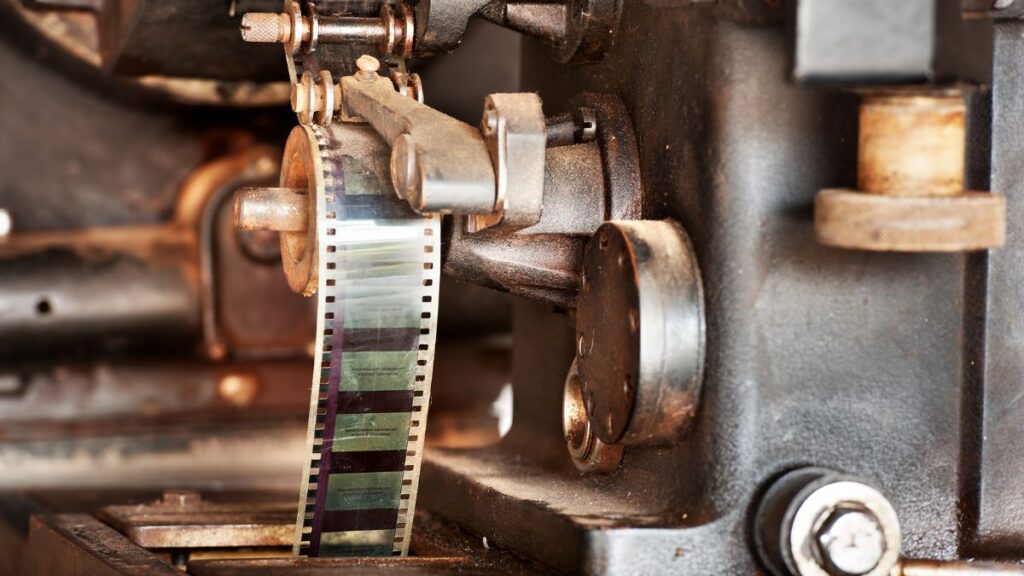Film preservation, particularly the restoration of classics from the golden era of the 1930s to 1950s, is a journey through time, a meticulous labor of love that brings to life the cinematic treasures of yesteryear. Imagine stepping into a world where every frame of a film is a doorway to the past, where the flicker of black and white images tells tales of love, drama, and adventure that enthralled audiences decades ago. This is the enchanting realm of film preservation, a field where technology and nostalgia intertwine to resurrect cinematic masterpieces.
In the 1930s to 1950s, cinema was in its heyday. It was a period marked by iconic films that not only shaped the future of filmmaking but also mirrored the social and cultural ethos of the times. These films, however, were made in an era when the fragility of film stock was not fully understood. Many were shot on nitrate film, which is highly flammable and deteriorates over time, threatening to erase these cinematic legacies forever. Enter the valiant film preservationists, unsung heroes who fight against time to save these irreplaceable pieces of history.
The process of film preservation is both an art and a science. It begins with a meticulous assessment of the film’s condition. The fragile reels are handled with the utmost care, often wearing gloves to protect the delicate film from oils and dirt. As the film unwinds, every frame is scrutinized for signs of wear and tear – scratches, fading, or the dreaded ‘vinegar syndrome’ that plagues old film stock. It’s a painstaking process, requiring patience and precision, but for those dedicated to the cause, every saved frame is a victory against the ravages of time.
The next step is restoration, where the magic truly happens. Advanced digital technology allows preservationists to perform wonders that were unthinkable in the past. Damaged frames are repaired, colors are restored to their original vibrancy, and missing audio is re-synthesized. This process is not merely about repairing what is broken; it’s about breathing new life into these films. The restoration artists work like meticulous painters, ensuring that each frame retains the director’s original vision while enhancing the film’s longevity.
When the restoration is complete, the results are often awe-inspiring. Classics like ‘Casablanca’, ‘Gone with the Wind’, and ‘The Wizard of Oz’ have been given a new lease of life, their stories ready to captivate new generations. Watching these restored films is like stepping into a time machine, being transported back to the era when cinema was a newfound wonder, and every movie outing was an event.
Film preservation also serves a greater purpose – it’s a tribute to the pioneers of cinema, a nod to the directors, actors, and crews who created these timeless works. It’s a way to ensure that the legacy of early filmmaking is not forgotten but cherished and shared. These restored films are not just reels of entertainment; they are cultural artifacts, slices of history that provide insights into the human experience of those times.
In conclusion, the art of film preservation is a journey of rediscovery and reverence. It’s an endeavor that requires passion, patience, and expertise, but the rewards are immeasurable. As we sit in darkened theaters or in front of our screens watching these restored classics, we are not just viewers; we are time travelers, explorers of a bygone era. Film preservation ensures that the stories, the emotions, and the artistry of the 1930s to 1950s continue to inspire, entertain, and enlighten us, bridging the gap between the past and the present in the most magical way possible.
